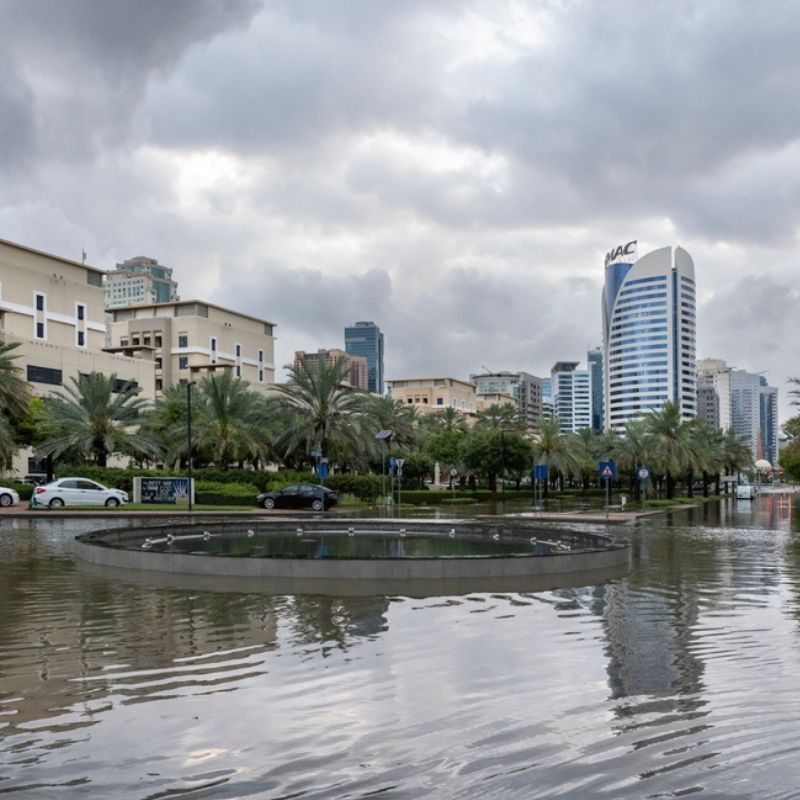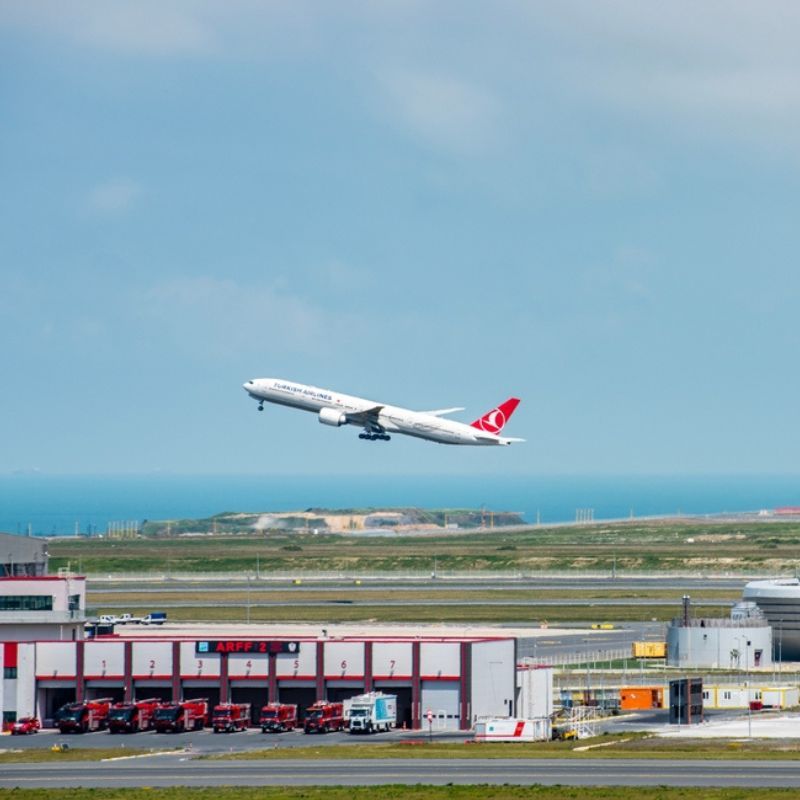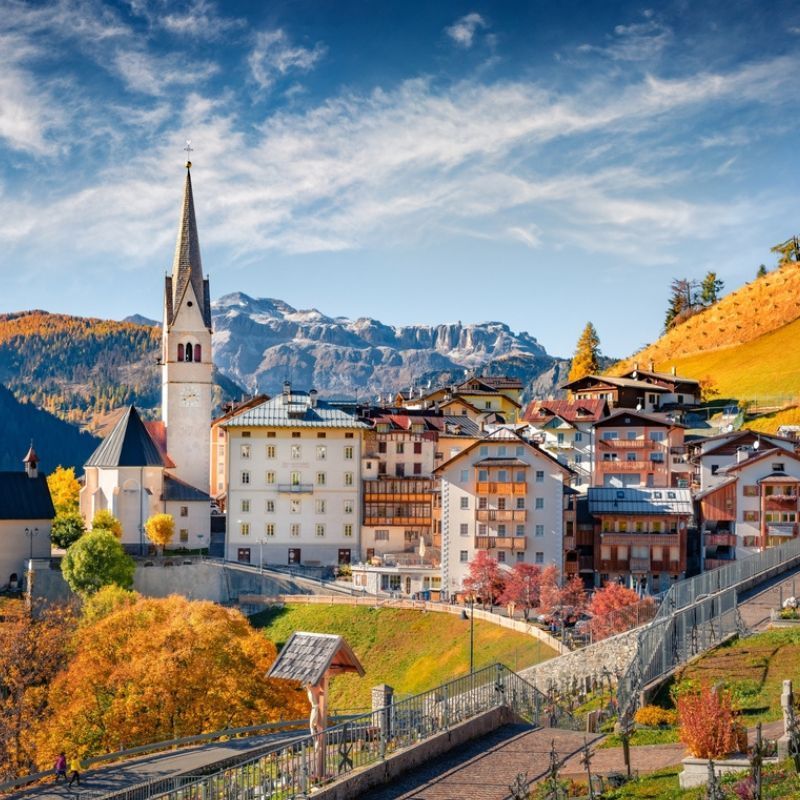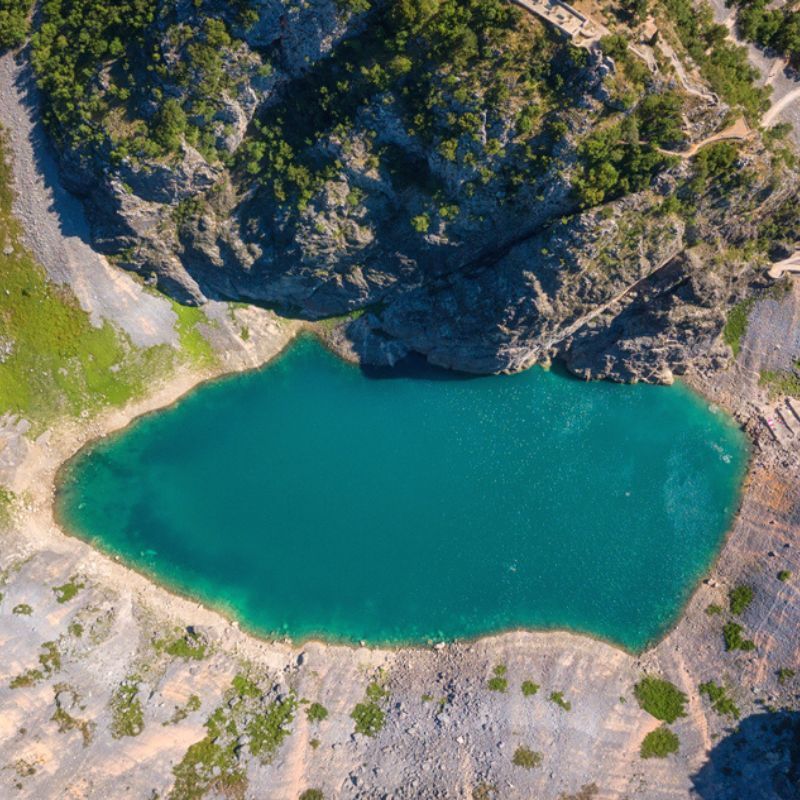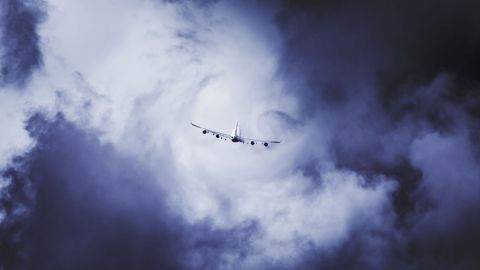
“Please return to your seat and fasten your seatbelt.” That’s one cabin announcement that you could be hearing more often in the next few years, as turbulence is predicted to become more frequent due to global warming. In fact, these admittedly, pretty unpleasant in-flight situations could be set to double or even triple! By Travel + Leisure
Over the next few decades, the fasten-seatbelt sign could be lighting up more often when you travel by plane. This is one of the key conclusions of a study conducted since 2013 by a professor of atmospheric science at the University of Reading in the UK. According to information reported by CNN, global warming could be modifying turbulence, the situations that occur when there is a sudden change in airflow. Each year in the United States, some 65,000 aircraft face moderate turbulence — sure to make many passengers shudder — while about 5,500 aircraft encounter severe turbulence.
How global warming is connected to turbulence when travelling by plane
There are two types of turbulence. One kind can be predicted because pilots receive enough information about the presence of clouds or thunderstorms on their route. Then, there’s what’s known as clear-air turbulence. In this case, there is no way to anticipate the turbulence because there are no visual clues to warn pilots. And, thanks to computer simulations, the University of Reading scientist predicts that severe turbulence could double or even triple in the coming decades.
And, unfortunately for passengers prone to anxiety, that’s not the only bad news. The average duration of turbulence is also predicted to be longer. The scientist uses the example of a transatlantic flight to estimate that, as a general rule, you could typically expect to experience around 10 minutes of turbulence today. In a few years, however, you could experience this unsettling situation for 20 or even 30 minutes.
View this post on Instagram
In light of these observations, the rules on board airplanes could evolve and the parents of children under two years old could no longer be allowed to travel with their youngster on their laps.
More turbulence doesn’t mean more accidents
But before you start panicking, it’s important to understand that this discovery does not mean that aircraft will be more prone to accidents. “Planes are not going to start falling out of the sky, because aircraft are built to very high specification, and they can withstand the worst turbulence they can ever expect to encounter, even in the future,” reassures the researcher. Note that air travel is the safest means of transportation in the world, ahead of trains, buses, boats, cars and motorcycles.
According to the International Air Transport Association (IATA), 2021 saw a reduction in the number of air accidents, amounting to 26, while 121 people died. Moreover, for the first time in the last 15 years, no fatal accidents related to runway overruns were recorded. Also, turbulence has not caused any aircraft crashes in the last 40 years. However, this research serves as an important reminder to follow the safety instructions on board and to keep your seatbelt fastened during the entire flight. This minimises the risk of injury.
Flight attendants are more likely to be the victims of turbulence, especially since they are on their feet to attend to passengers. About 80 percent of turbulence-related injuries involve flight attendants, according to this research. If, in spite of all these arguments, you’re still anxious about getting on a plane, be aware that it’s advised to favour seats close to the wings to reduce the sensation of turbulence.
This story was published via AFP Relaxnews
Main and Feature Image Credit: Photography Ivan Berrocal / Getty images©
Related: Greenland Treads Softly On Tourism As Icebergs Melt


